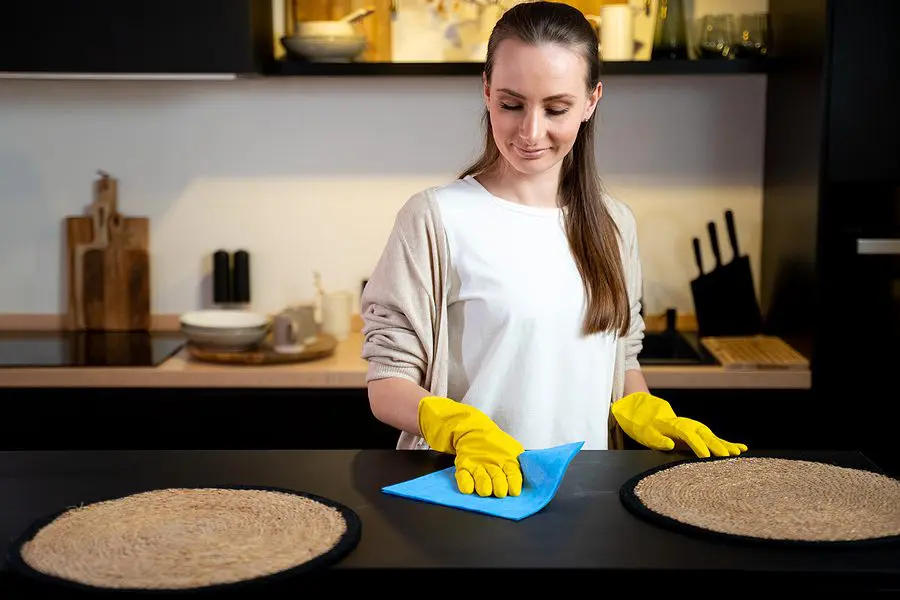Top Kitchen Strategies for a Pest-Free House

When it comes to your home, ensuring that things stay safe and clean is integral. However, in many cases, this shouldn’t have to hold you back – and with the right approach, you can ensure that your own home stays clean and free from infestations, too.
In line with this, today, we’ve outlined some of the top kitchen strategies for a pest-free home you should know; after all, our properties often serve several different roles, from party venues to sanctuaries and everything in between, making sure you’ve implemented the necessary kitchen strategies is vital.
Top Kitchen Strategies for a Pest-Free House
Struggling to keep pests from your home? Don’t panic – the following simple tricks could be a great option to help!
Remove All Food Sources
One of the first steps you should take to create a pest-free house is simple: remove all food sources from the property that could be attracting (and feeding) the pests. Accessible bins with food waste can be a big draw, but other food sources – such as cupboards or dropped crumbs – can do the same job.
Block Off Hiding Areas
Pests often thrive when there are areas for them to hide out of sight. Thus, if you’ve been having trouble with an infestation, make sure you block off any hiding areas to prevent them from taking advantage of these.
Use Kitchen Pantry Essentials to Discourage Pests
Did you know that there are actually numerous kitchen pantry items that you can use to discourage pests – and putting these out around your property could help? Some of the key kitchen essentials you could put out to help include the following options:
- Baking soda is used as a home cleaning agent surprisingly often, but it can also be a brilliant pest repellent. Simply sprinkle it over access routes for bugs and insects, then clean up after a few days (so long as it stays dry, a vacuum should work), and reapply it regularly to keep things clean and fresh.
- Lavender is a highly effective deterrent for mosquitos and bugs, with essential oils often used to repel adults of the species. Better still, for us, the smell is divine!
- While it’s not quite as sweet smelling, vinegar can be another good option thanks to its acidity. Spraying surfaces with a slightly diluted solution may help deter some pests.
- Similarly to lavender plants, bay leaves also add a lovely freshness to a property, while simultaneously helping repel some insect species. A fresh plant or scattered dry leaves could help keep your property pest-free.
- Cucumber is one of the most surprising options for many people, but it can actually help prevent ants from getting to your property. Simply putting a slice of fresh cucumber in their paths can help deter them – although, admittedly, this will need to be switched out regularly.
- Peppermint is commonly used in many diffusers, and it can actually be a surprisingly effective option for pest control, too (along with other essential oils such as lavender). A few drops of peppermint oil on a cotton wool ball can be an amazingly effective option.
Get Professional Support
In some cases, especially once an infestation has already established itself, knowing what to do can seem hard. In these scenarios, getting professional support from an expert team is often one of the best options to consider. So, why leave it to chance?
Final Thoughts
If you’ve been looking to create a pest-free house, there are several steps you can take. Hopefully, today’s guide will have helped give you more insight into the strategies you can take to ensure your property is clean and hygienic, no matter what.
